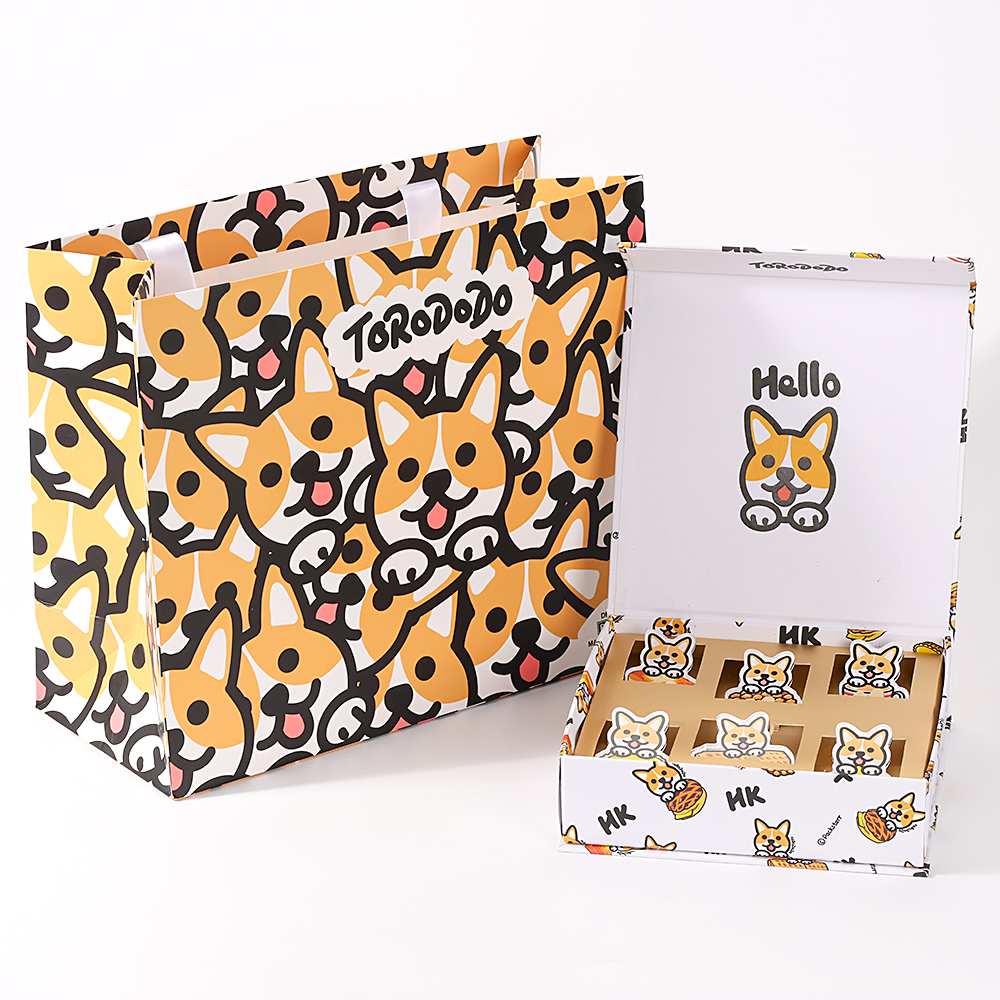Views: 1 Author: Site Editor Publish Time: 2023-12-18 Origin: Site











As retail commerce undergoes continuous transformation, particularly with the exponential growth in e-commerce, the paradigm of brand marketing is concurrently experiencing a renaissance. In this modern landscape, the role of packaging has ascended to become a key element in the realm of branding. Presented herein is an exhaustive account that elucidates the essence of professional packaging and the attributes that elevate your packaging to meet the highest standards, thereby securing a competitive edge.

The commercial landscape, notably within the consumer products sector, has shifted dramatically in recent years. The methods employed for marketing retail goods have diverged distinctly from those of a decade past. Packaging now is intrinsically intertwined with the product it encloses. In the cutthroat marketplace of today, your brand's survival—much less its prosperity—hinges on the allure of its packaging. Highlighted are several compelling arguments for the necessity of personalized and avant-garde packaging for your wares.
The primary function of your packaging is to safeguard the contents within. In the e-commerce context, where goods are often transported over considerable distances, a robust container is imperative to shield the product from the rigors of transit and avert potential damage.
Packaging inaugurates the customer's engagement with the product, thus serving as a foundational component in crafting the initial perception.
Consider the visual cacophony of identical wares from diverse brands jostling for attention on a store shelf. Which captures your interest? Naturally, the one that visually appeals to you.
A product is identified by its packaging, a phenomenon substantiated by research from the International Journal of Sciences, which reveals that tailored packaging directly influences brand recognition and consciousness.
A customer's first glimpse of the product comes via its packaging, which can markedly sway their subsequent purchasing decisions. Effectively, packaging not only augments sales and expands the consumer base but also fortifies brand identity, securing customer recall and dedication.
The role of packaging in cultivating brand fidelity is ratified by a study from the International Journal of Economics, Business, and Management Research; it intimates that customers are predisposed to exhibit loyalty and confer trust on brands ensconced in engaging packaging.
In essence, professional packaging is indispensable not solely for the protection it offers to the product but also for its instrumental function in cultivating brand recognition and loyalty. In light of packaging's consequential part in retail commerce, outlined below are several aspects to heed in assuring that your packaging remains at the forefront of competitiveness.
The paramount priority of packaging is to extend exceptional protection, necessitating the selection of strength that aligns with the item's demands. The criterion for durability must be attuned to the product's characteristics—whether that entails robust protective packaging with added padding for delicate items or a mere sturdy cardboard enclosure adorned with your brand's logo for less vulnerable goods.
Packaging providers proffer a spectrum of materials tailored to specific needs. For instance, when high durability is paramount, options such as wood or plastic become relevant. Conversely, for goods with a lesser requirement for robustness, cardboard variants—with or without additional cushioning—are available. Related product: Corrugated box kraft.
The brand's representation hinges significantly on the quality of packaging print work, and attention should be given to the strategic placement of textual elements. Clarity trumps verbosity; excessive text risks diluting visual appeal. The selected color palette, typographic choices, and logo detailing play instrumental roles in luring customers, offering a memorable visual identity to your brand that resonates with your clientele.
Today's consumers are increasingly ecologically aware, often favoring brands that demonstrate environmental responsibility through sustainable packaging practices. Opting for materials that are reusable, recyclable, or biodegradable not only cultivates brand goodwill but also contributes to the long-term well-being of the planet. Therefore, material choices should be executed with prudence.
The fiscal aspect is a critical determinant in material selection. Premium packaging exudes exclusivity but also incurs additional costs. Conversely, economic choices exist without a significant compromise in quality. Crafting a balance between expense and quality is essential; opting for materials with a higher aesthetic and tactile quality, like glass, wood, or leather, may elevate your packaging's allure, albeit with a higher cost implication relative to alternatives like cardboard or Kraft.
A strategic approach employed by numerous brands involves the routine use of standard cardboard packaging and the intermittent introduction of premium-packaged promotions, rather than maintaining a constant premium approach.
The ideal proportions and design of packaging are essential in optimizing product preservation and transportation costs. The key is to minimize excess spatial consumption while ensuring a snug fit for the product. Additionally, the packaging's form should marry creative uniqueness with practicality, allowing for a stand-out shelf presence that still accounts for the product's structural needs.
Incontestably, packaging exerts a profound influence on brand perception. It not only serves as the brand's visual ambassador but also often precedes product quality in drawing consumer attention amidst a cluttered marketplace. To gain a foothold in saturated sectors, brands must leverage packaging that deftly integrates aesthetics, functionality, and economic viability.